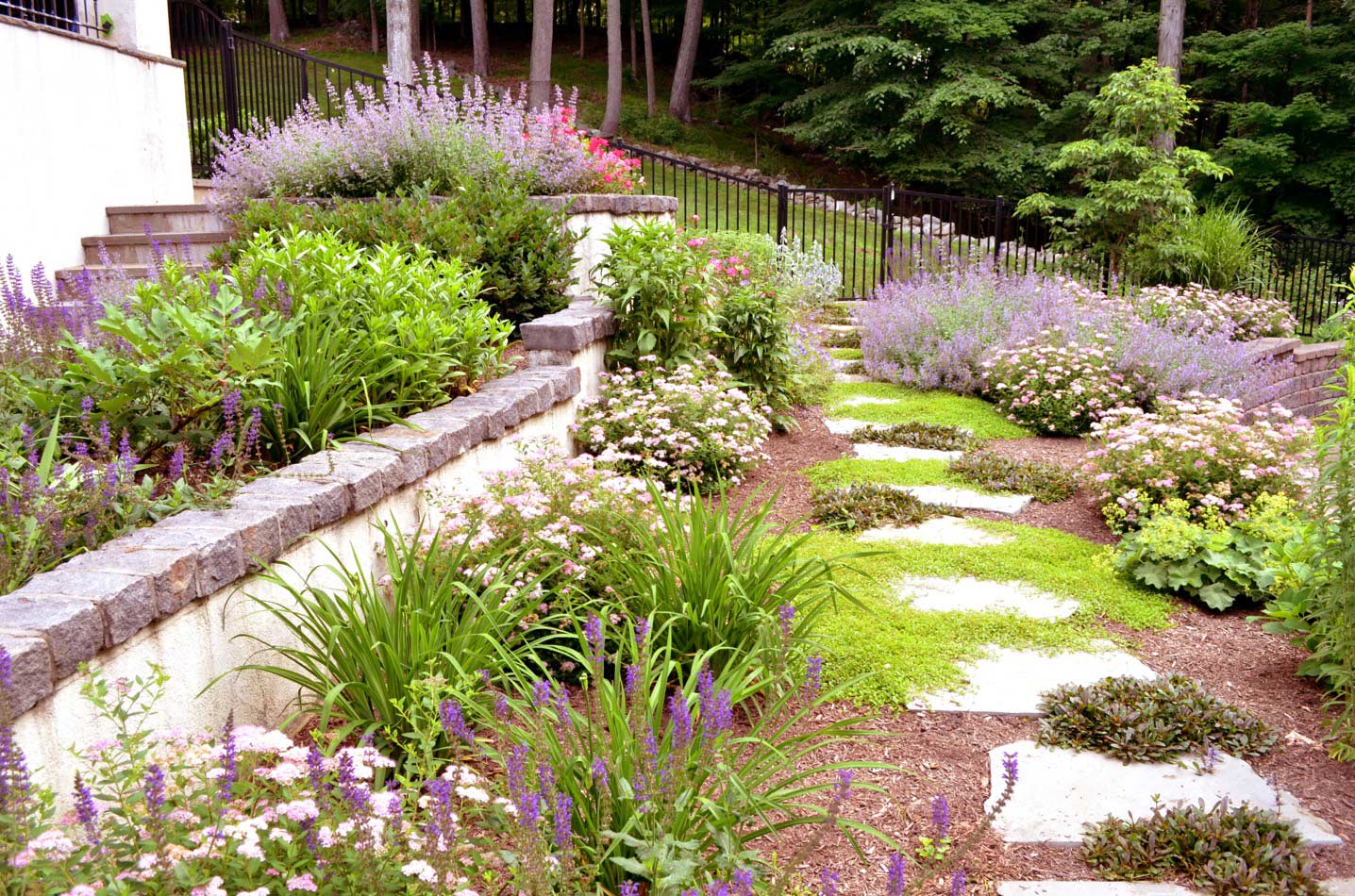What To Know
- Working with a window in a historic property will need a little extra attention and dedication and although you may be inclined to replace the window entirely, restoration is the best choice if you truly want to keep history intact.
- Rive a groove in the window to accommodate the pin that will attach to the jamb liner you’ve installed.
The restoration and weatherization of a window require some careful detail. Working with a window in a historic property will need a little extra attention and dedication and although you may be inclined to replace the window entirely, restoration is the best choice if you truly want to keep history intact. Even more convincing, those windows from yesteryear may actually be the better choice when it comes to saving money on energy costs. Those older windows will likely be more cost-efficient and it may even be cheaper to restore the windows instead of replacing them.
Thus, if your windows are in need of some updating, take these easy steps to fix. This can make those windows ready for another fifty years of use. All you need to do is add some high-tech components to your old windows and they’ll look and react like the newer versions offered for window replacement from Renewal by Andersen. Save old windows with these helpful hints for getting the job done. You don’t even need a lot of tools either, this will only require a crowbar or prying tool, a router, hammer or mallet, safety goggles and gloves. You may also want to wear ear plugs as well.
Cleaning the Windows

The first thing you want to do is clean away any old paint drips and chipped, old paint around the sash. This will help you remove the old and weathered coverings and you can refresh it with new paint once you’ve finished.
Take Out the Stop
Next, you need to withdraw the stop from the window. You may find that the screws have not weathered the test of time very well as they may be stripped or worn. If that’s the case, you can yank the stop out with a crowbar or some other tool that can give you proper leverage.
Withdraw the Sash
You’re going to take out the lower sash first. Then you’ll want to turn your attention to the parting stop which is located in the middle of the lower and upper sash. Slide the upper sash down, cutting it loose and removing it entirely from the window. Your pulleys should be removed as well.
Weights and Insulation
Locate the weight pocket and take the weights old weights out of the window. Take your insulation and install it into the pocket as this will make your windows more energy efficient. It will help to eliminate drafts and keep the outdoors from getting indoors.
Correct Your Spacing
Take your shim and combine it with the blind stop in order to build a new spacing for your new window. Then you’ll want to attach your access panel and retainer clips. Use staples over nails as this will make it easier to install and hold the components firmly in place.
Lining the Jamb
Your jamb liners will add updated technology to antiquated windows. Click your liners into place along with the sash stub and then you’ll need to re-size your windows so that they are compatible with the new lining you’ve just installed.

Create Grooves and Insert Your New Windows
Rive a groove in the window to accommodate the pin that will attach to the jamb liner you’ve installed. You’ll want to add a second groove to make way for the weather stripping necessary to make the window seal tight. Use a mallet or hammer to firm it into place. Once you’ve finished, install your window one sash at a time.




